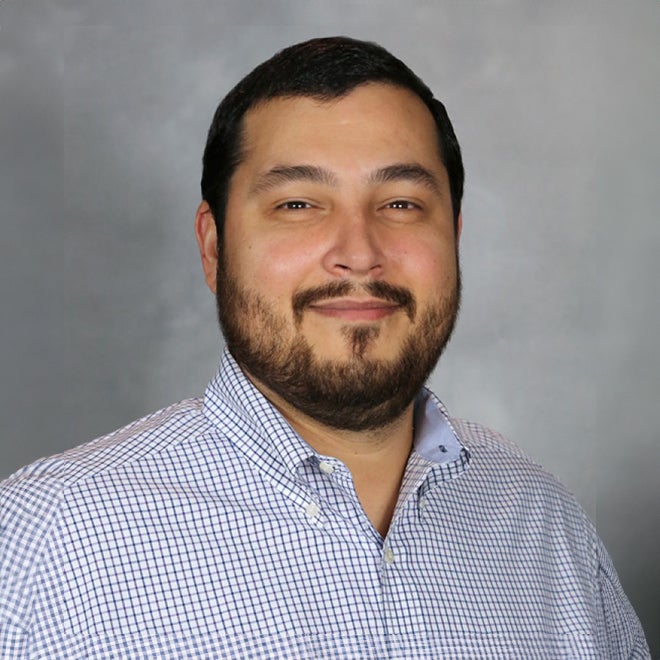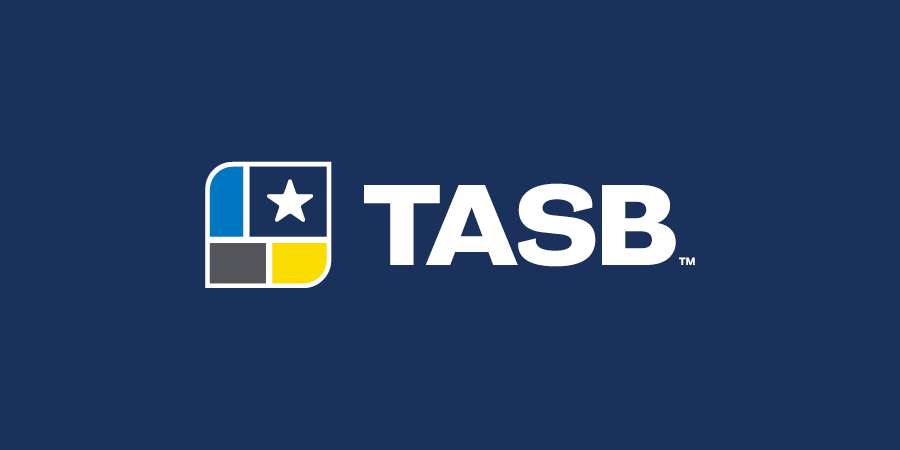Member Voice at TASB's Core Since the Beginning
From its inception in November 1949, one of TASB’s foundational purposes has been to offer a unified voice regarding public education for the more than 1,000 school boards across the state.
In fact, the first TASB gathering — before the Association had an executive director — featured about 100 trustees who met to formulate a plan of service and developed what could be considered TASB’s first-ever advocacy agenda, though it wasn’t formally called that as it is today. The issues identified then focused more inwardly as the fledgling association took shape, but the agenda’s focus turned outward toward the Texas Legislature and other arenas as TASB grew in size and clout.
“Throughout our growth, the Association has always worked to ensure that every member school board has had the opportunity to participate in and directly contribute to the formation of the organization’s advocacy goals,” said TASB Executive Director Dan Troxell.
Early incarnations of TASB’s legislative program featured school board members gathering in Austin to draft priorities that would impact the Association’s advocacy efforts.
“The Association understands and values the importance of collaborative engagement at the grassroots level to form legislative priorities that best represent school boards,” said George McShan, a former Harlingen CISD trustee who was the first African American to become president of TASB, serving in 1998-99.
In 1992, the organization developed a more inclusive method for generating its legislative agenda that was comprised of two processes.
The first was a series of regional meetings designed to solicit local priorities from trustees to be proposed to the TASB Board of Directors and then the Delegate Assembly. The second was the opportunity for local boards to submit resolutions or positions directly to the TASB Board for consideration and then to the Delegate Assembly for adoption. In 2002, the results of the two processes were combined to create the TASB Advocacy Agenda — TASB’s biennial legislative plan of action.
Featuring a truly grassroots-oriented process, TASB continues to gather input from local trustees at every step of the development of its advocacy priorities. It begins with an electronic survey of all school board members to determine the issues most important to them. The results of that survey are then shared with trustees who attend the Grassroots Meetings, with one such meeting being held in each of the state’s 20 education service center regions. Trustees at those meetings vote on the most critical issues to their region and elect trustees to serve on the Legislative Advisory Council (LAC), which will work to meld the regional priorities into one statewide list. (Grassroots Meetings are held in even-numbered years and are currently happening.)
“TASB’s grassroots process levels the advocacy playing field among the diverse districts across our vast state. The smallest ISDs have the same opportunity to promote potential legislation addressing issues impacting them as the largest, most richly resourced districts,” said Faye Beaulieu, who was the 2013-14 president of TASB and is a former Hurst-Euless-Bedford ISD trustee.
“Every trustee’s voice can be heard during Grassroots Meetings. The process also allows trustees to develop their leadership potential as they speak to issues important to their own district and collaborate with trustees from other areas to reach a common goal. As a school board president, I loved watching other school board members grow their confidence by participating in the process,” Beaulieu said.
Once the regional priorities are identified, LAC members travel to Austin to draft a list of statewide priorities that best represent the issues identified back home. Four of these members are then elected to sit on the Legislative Committee of the TASB Board to ensure that the voice of local trustees is represented as the Board makes its recommendations to the Delegate Assembly.
“When we are advocating at the Capitol, we’re not asking for what I or other staff members want. We are advocating for what our members have told us is important based on their direct input during our regional Grassroots Meetings,” said Grover Campbell, associate executive director of TASB Governmental Relations.
The next, and most important, step of the process for developing TASB’s priorities is sending a delegate to the annual Delegate Assembly, where trustees vote on the Association’s leadership and Advocacy Agenda. Every member school board is invited and strongly encouraged to send a representative who can take an active role in the future of their organization.
In addition to the priorities, TASB members have a direct line to the agenda through the resolutions process, where member boards may submit issues that are important to them for consideration and possible inclusion in TASB’s broader legislative program. Advocacy Agenda Resolutions help direct TASB’s response to issues that may come up during the legislative biennium and are not overtly addressed by the priorities.
“With thousands of bills filed each session, there are bound to be issues that just aren’t covered by our Advocacy Priorities,” said Campbell. “It is helpful to have another layer of guidance from our members when our priorities don’t quite get down to the level of specificity that we need.”
The TASB Board recently created a special committee to review the Association’s Advocacy Agenda process to ensure it remains a meaningful engagement opportunity for school board members. Any significant changes proposed by the committee would need to be approved by the TASB Board and then ultimately by the Delegate Assembly.
Even as the specifics of the process may adapt and change, TASB members will continue to have a voice in the creation and content of the Association’s Advocacy Agenda — as they have since the beginning.
Photo: TASB's 1977 Delegate Assembly
This article first appeared in the Jan/Feb 2024 issue of Texas Lone Star.

Dax Gonzalez
Dax González is division director of TASB Governmental Relations.




